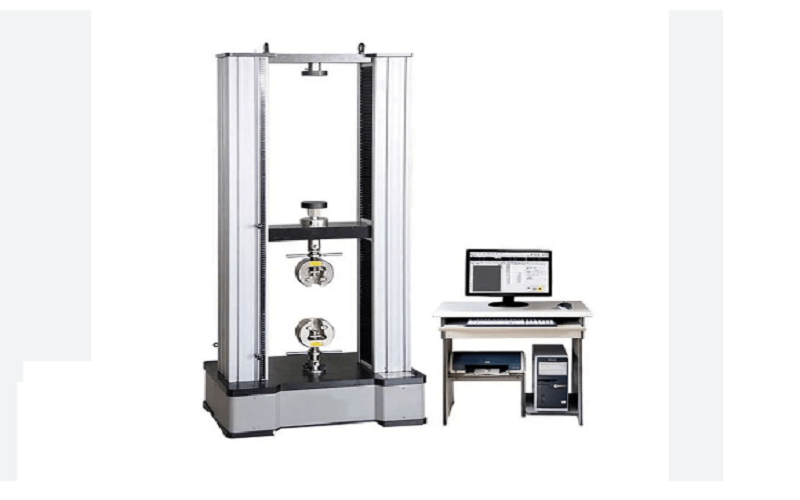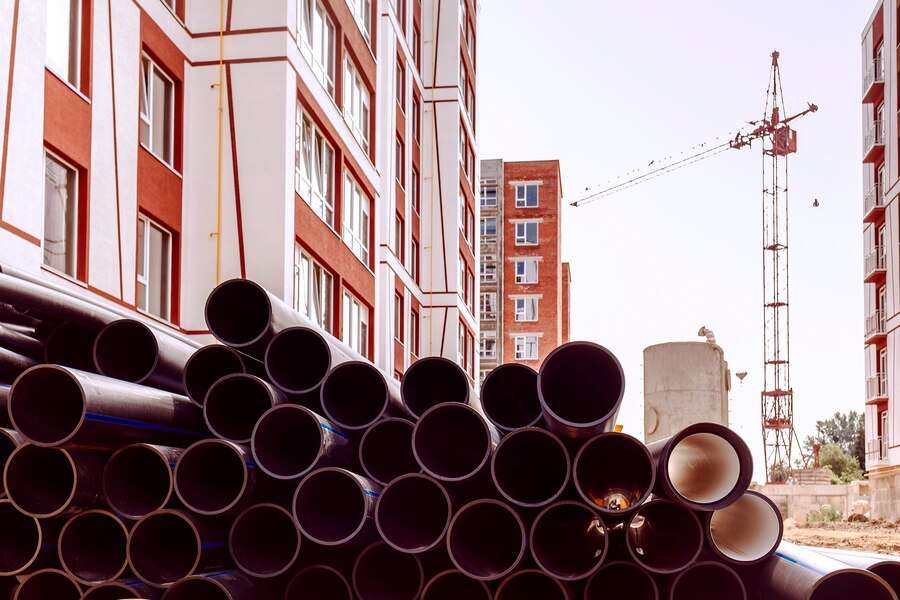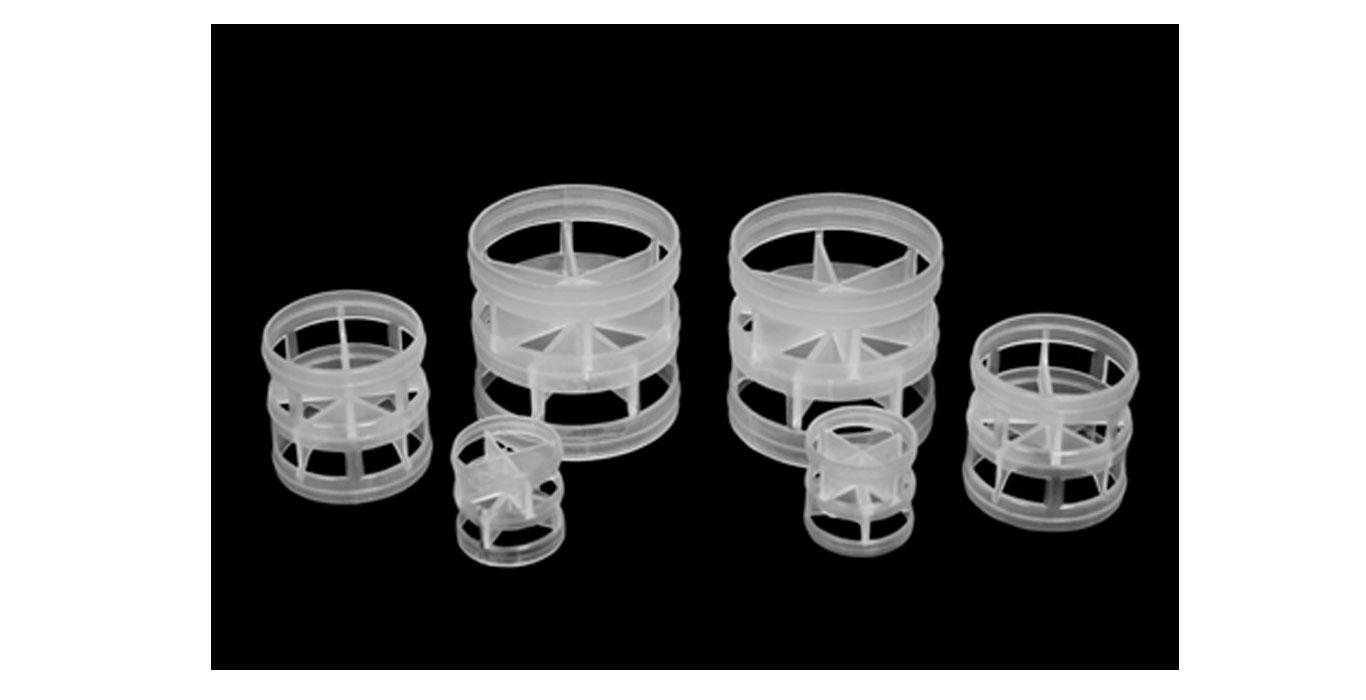Tank weighing scales are specialized machines used to precisely weigh tanks, silos, and other big industrial containers. Tank Weighing System are critical in many industries, including manufacturing, agriculture, chemicals, and logistics, where exact weight measurements are required for inventory management, quality control, and safety.
Tank scales are built to endure enormous weights and deliver consistent and precise readings, making them vital instruments in a variety of industrial environments. They are designed with tough materials and advanced technology to address the particular problems of weighing huge containers.
Key Components Of A Tank Weighing System[1]
Load cells, junction boxes, and weighing controllers are three fundamental components that Tank Weighing System Manufacturers in India need to create any tank weighing system. This specific weighing machine is used in production management and process control areas to accurately weigh liquid and solid materials. For example, after purchasing a tank weighing scale, you may compute the weight of the substance discharged from industrial tanks, bunkers, mixers, and silos.
To weigh the appropriate material, just insert load cells under each foot of the vessel and connect them to a weighing controller via a junction box. What is the most advantageous feature of a junction box? It handles the signal difference, when there are numerous load cells.
Working Principle of a Tank Weighing System[2]
As mentioned above, the tank weighing system is made up of a junction box, load cells (single or multiple), and a weighing controller. It is used for control and weight management in process control and production management areas. The load cells are installed beneath each foot of the tank or vessel, and they are then linked to a weighing controller via a junction box that compensates for the load cells’ signal differences.
Furthermore, tank weighing scales come in a variety of formats to fit varied tank sizes, weights, and installation needs. They can be suspended from a structure, installed above ground, or integrated into the tank’s support system.
Different Types Of Load Cells Used In Tank Weighing Systems [3]
The weighing system usually consists of load cells and sensors strategically placed beneath the tank to detect weight. Load cells are designed to transform applied force into an electrical signal, which is then displayed and recorded by a digital indicator or computer system. Different load cells used to measure the weight of the tank are mentioned below:
Tank weighing assembly load cell:[4] A tank weighing assembly is the entire equipment or system used to precisely measure the weight of a tank. A tank-weighing assembly load cell is also built as a critical component for measuring the weight and contents of the tank. These load cells have been designed to endure enormous loads as well as extreme climatic conditions in a variety of industrial environments.
Shear beam load cell:[5] A strain element deflects under load in a shear beam load cell. The strain element bends as a result of the load being applied perpendicular to it. Strain gauges detect deflection and translate it to an electrical signal, which provides a weight reading in tank weighing systems. These load cells provide good stability and are appropriate for various sizes and capacities tanks.
Capacitive load cell:[6] Capacitance is a fundamental electrical attribute of all objects that is defined as the ratio of an object’s stored electric charge to its related voltage. Capacitive load cells use variations in capacitance to determine weight.
Double-ended shear beam load:[7] A double-ended shear beam load cell is identical to a single-ended shear beam load cell, but it features load application sites on both ends. This design improves load distribution and minimizes the likelihood of side-loading mistakes. They are well-known for their durability and capacity to handle huge loads, making them ideal for big tanks and industrial applications.
S-type load cell:[8] The structure of S-beam or S-type load cells is in the shape of an S. They are useful for various tank weighing systems and other applications that require tension and compression force measurements. Their distinctive shape allows for simple installation and loading, making them useful in a variety of sectors.
Compression load cell:[9] A compressive force is a mechanical tension that reduces the volume of an item. It is the inverse of tension, which lengthens or expands an object. Compression load cells, on the other hand, are specifically intended to measure compressive forces. They are commonly employed in the production of oil and gas, chemical processing, and food.
Canister load cell:[10] Heavy-duty load cells with great capacity and precision are known as column or canister load cells. They are built as cylindrical constructions that can measure tension and compression forces. Load cells of this type are often employed in large-scale industrial applications such as bulk material handling, tank farms, and silos.
The Characteristics Of Tank Weighing Systems
- No moving parts
- No need for upkeep
- High precision
- Reasonable cost
- Reliable strain gauge load cells
- Audio-visual alerts at high and low levels
- Easy load cell replacement with a simple design
- Extensible control output for use as a batch controller
- A summation box to add the load cell signals
Conclusion[11]
As of now, you must have gained a lot of knowledge about tank weighing systems from this blog, including their working, components, specifications, and features. If you want to get a tank-weighing device system that sufficiently meets your needs contact Optima Weightech Private Limited as they are one of the best Tank Weighing System Suppliers in India. To find out more about their products, you may go to the website.
Frequently Asked Questions[12]
What is the purpose of tank weighing systems?[13]
These weighing systems are intended to weigh the amount of liquid or solid materials that are loaded into big bunkers, tanks, silos, and mixers. These tank weighing devices are also used for any amount of substance that is discharged.
What are the applications for tank weighing systems?[14]
- Solubilizers
- Kneaders, mixers, and stirrers
- Reacting and heating tanks
- Massive storage tanks
Do I need a tank weighing system on the farm?[15] A tank weighing system may appear unimportant, but its importance cannot be overstated. For example, not having this system installed on your large machinery such as tractors or harvesting machines could result in overloading. Consequently, there will be a waste of time as well as effort.










